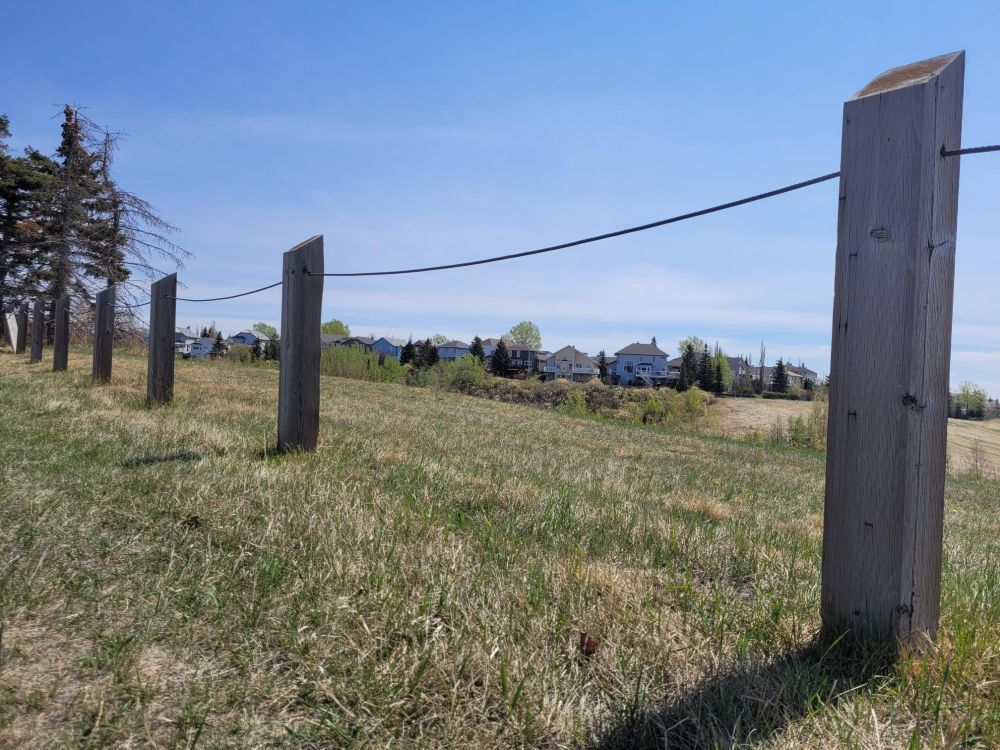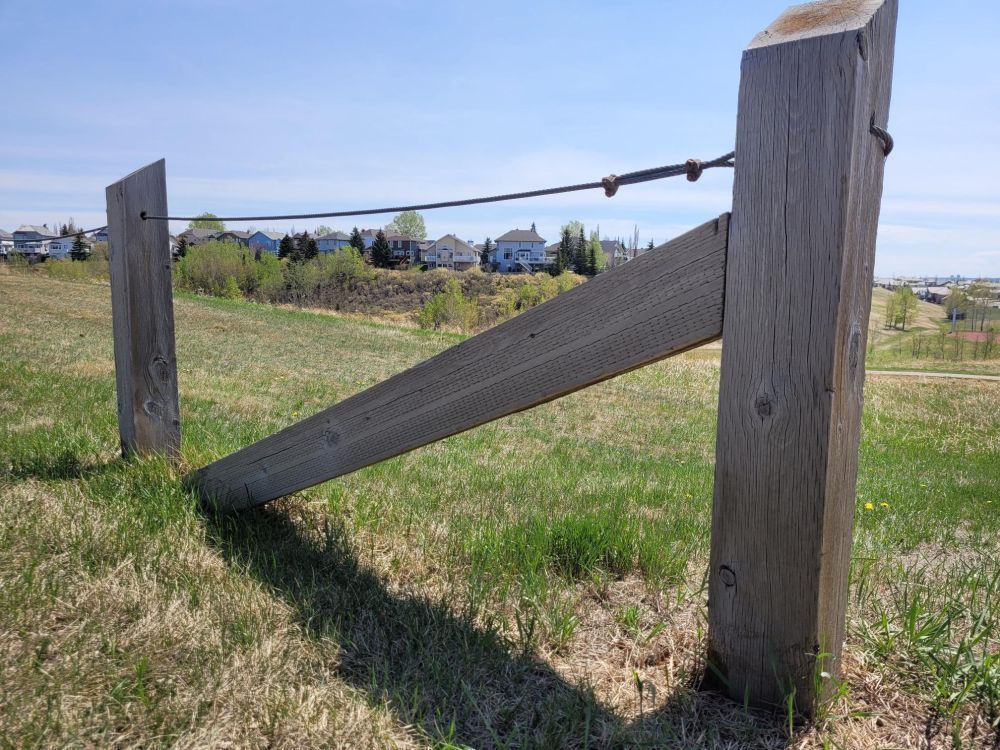
What Is Post and Cable Fencing, and Where Can You Use It?
Most people know what wood fence, chain link fence and even vinyl and composite fence looks like. They’re some of the most common fence options out there. However there are a few types of fence that we might have seen before, but we’ve never really thought about them too much. We might not even know what they are called.
Post and cable fence falls into this category. It’s a very useful and versatile fence that is perfect for certain applications, but it’s not one of the “household name” fence types. Here’s what you need to know.
What Is Post and Cable Fencing?
As the name suggests, post and cable fencing is a simple type of fence that is used to demarcate areas and prevent vehicular access. It’s constructed from large, chunky posts and usually galvanized cable that is strung between the posts.
How Do You Build Post and Cable Fencing?
Post and cable fencing is quite easy to construct, but like every type of fence, you do need to pay attention to the details.
Post and cable fences usually start and end with termination post assemblies, like the one pictured below.

These termination post assemblies include an ordinary vertical post but also diagonal bracing to ensure that the post can stand up to any forces it might need to. On corners, you would have these diagonal braces in each direction of fence so that it’s braced both ways.
The cable for post and cable fencing is passed through pre-drilled holes in the posts, and there’s a little slack on each section so that it creates the curve you can see in these pictures. At the end of each fence line, this cable is looped around the post and then clamped (usually twice) to hold it in place.
Because this fence is so simple, any mistakes are very noticeable, so you do need to make sure you get everything right!
Pros and Cons of Post and Cable Fencing
Like every type of fence, there are pros and cons to post and cable fencing. Let’s start with the pros:
- This is a cost-effective fence, since it doesn’t have many material requirements – so it’s perfect for demarcating long stretches that would cost a lot with chain link, wood or another fence
- Post and cable fences can also be installed very quickly because it is so simple
- This type of fence still allows pedestrians to access the area beyond, so it’s great for public places like parks
On the other side of the coin, there are some cons to post and cable fencing:
- This type of fence is only intended to keep vehicular traffic out – so it offers no security
- Over time, wooden posts can weather, and cables can rust, so you still have to do maintenance and repairs
Post and cable fencing is definitely a type of fence that’s perfect for the purpose it’s designed for, but not a universally suitable fence type.
If you are looking to demarcate public spaces, however, and you need to keep bicycles and vehicles out but allow people and animals in, post and cable fencing might be exactly what you need.


